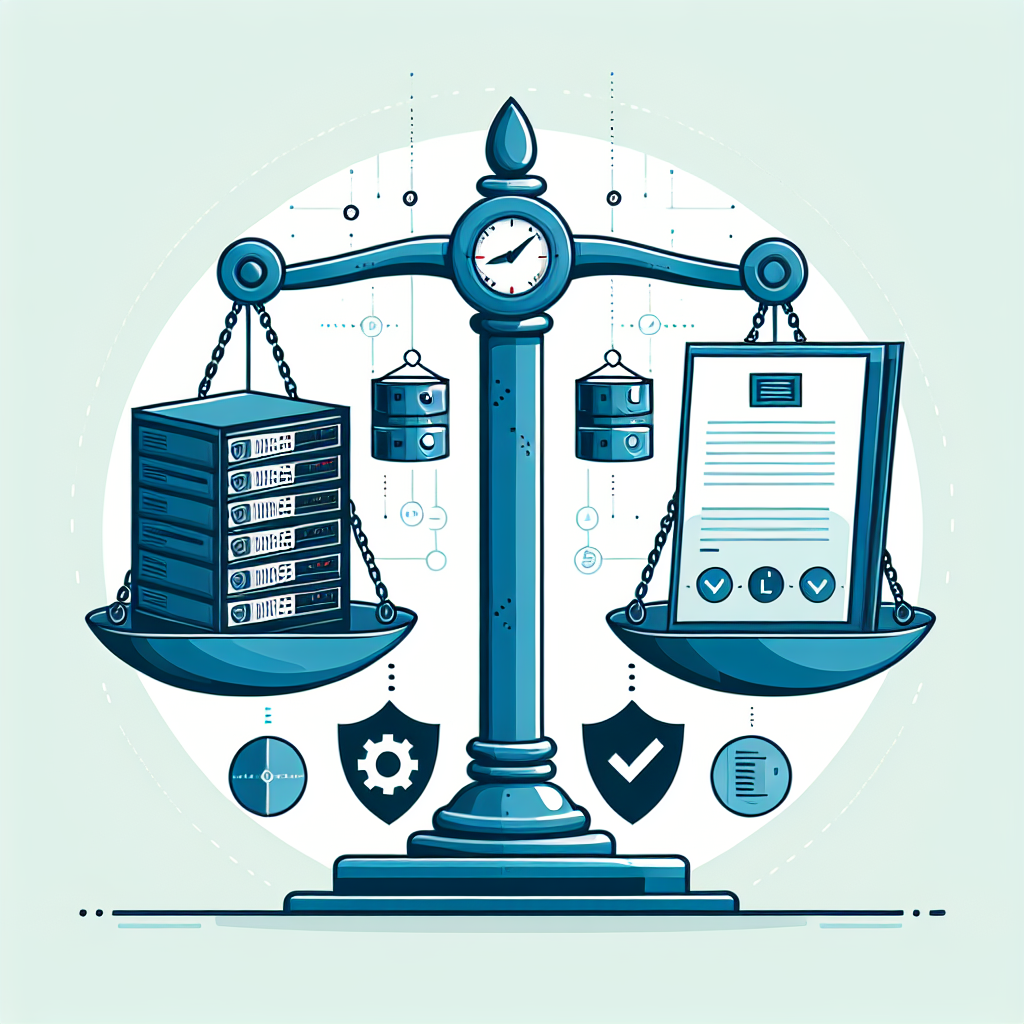Data centers play a crucial role in modern businesses, housing and managing large amounts of data that are essential for day-to-day operations. To ensure that data centers operate efficiently and effectively, Service Level Agreements (SLAs) are put in place to define the level of service that the data center provider will deliver to the client.
However, managing SLAs in data centers can be a challenging task due to various factors. In this article, we will discuss some common challenges in data center SLA management and provide tips on how to overcome them.
1. Lack of clear communication: One of the biggest challenges in data center SLA management is the lack of clear communication between the data center provider and the client. This can lead to misunderstandings and misinterpretations of the SLA terms, which can result in dissatisfaction and disputes.
To overcome this challenge, it is important to establish regular communication channels between the data center provider and the client. This can include regular meetings to review the SLA terms and performance metrics, as well as providing regular updates on any changes or issues that may arise.
2. Unrealistic SLA expectations: Another common challenge in data center SLA management is setting unrealistic expectations in the SLA terms. This can lead to frustration and dissatisfaction if the data center provider is unable to meet the agreed-upon service levels.
To overcome this challenge, it is important to set realistic and achievable SLA terms that align with the capabilities and resources of the data center provider. This can involve conducting a thorough assessment of the data center infrastructure and performance metrics to ensure that the SLA terms are feasible.
3. Monitoring and reporting: Monitoring and reporting on SLA performance can be a complex and time-consuming task, especially for large data centers with multiple clients and service levels. Without proper monitoring and reporting tools in place, it can be difficult to track and measure SLA performance accurately.
To overcome this challenge, data center providers should invest in monitoring and reporting tools that can automate the process and provide real-time insights into SLA performance. This can help identify any potential issues or breaches of the SLA terms early on, allowing for prompt resolution and improved service delivery.
4. Lack of accountability: Another common challenge in data center SLA management is the lack of accountability on both sides. If either the data center provider or the client fails to meet their obligations under the SLA terms, it can lead to disputes and breakdowns in the business relationship.
To overcome this challenge, it is important to clearly define the roles and responsibilities of both parties in the SLA terms. This can include outlining the consequences of failing to meet the agreed-upon service levels, as well as establishing a dispute resolution process to address any issues that may arise.
In conclusion, managing SLAs in data centers can be a complex and challenging task, but with proper communication, realistic expectations, monitoring and reporting tools, and clear accountability, these challenges can be overcome. By addressing these common challenges proactively, data center providers can ensure that they meet their clients’ service level expectations and maintain a strong and successful business relationship.










